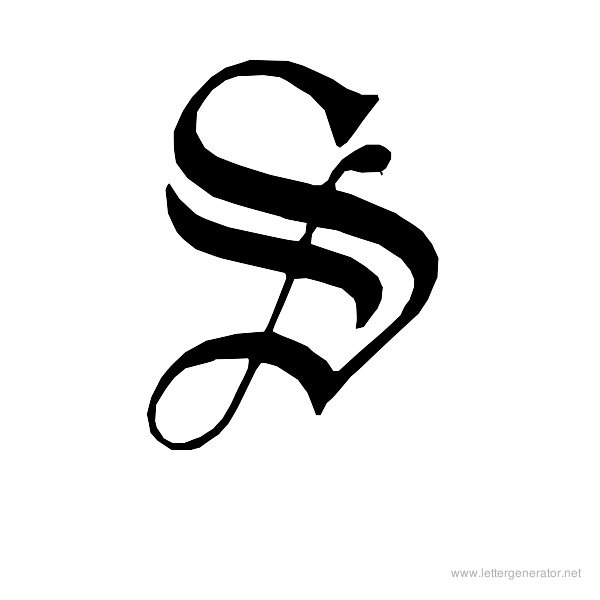

It was West Saxon that formed the basis for the literary standard of the later Old English period, although the dominant forms of Middle and Modern English would develop mainly from Mercian, and Scots from Northumbrian. Old English had four main dialects, associated with particular Anglo-Saxon kingdoms: Mercian, Northumbrian, Kentish and West Saxon. As the Germanic settlers became dominant in England, their language replaced the languages of Roman Britain: Common Brittonic, a Celtic language and Latin, brought to Britain by the Roman invasion. Old English developed from a set of Anglo-Frisian or Ingvaeonic dialects originally spoken by Germanic tribes traditionally known as the Angles, Saxons and Jutes.

This is regarded as marking the end of the Old English era, since during this period the English language was heavily influenced by Anglo-Norman, developing into a phase known now as Middle English in England and Early Scots in Scotland. After the Norman conquest of 1066, English was replaced, for a time, by Anglo-Norman (a relative of French) as the language of the upper classes. It developed from the languages brought to Great Britain by Anglo-Saxon settlers in the mid-5th century, and the first Old English literary works date from the mid-7th century. All rights reserved.Old English ( Englisċ, pronounced ), or Anglo-Saxon, is the earliest recorded form of the English language, spoken in England and southern and eastern Scotland in the early Middle Ages. Data © of The Monotype Corporation plc/Type Solutions Inc. Typeface © of The Monotype Corporation plc. It looks remarkably like the famous Cloister Black designed by Morris Fuller Benton in 1904.

Little is known about the history of Old English Text, provided here by Monotype Typography, but it has been beautifully made. The Frakturs have an x that looks like an r with a mysterious disease, and the Blackletters have fiddly bits in the middle like those you see in this Old English Text. There are two main kinds of what people tend to call Gothic letters: the German Frakturs and the English Blackletter.


 0 kommentar(er)
0 kommentar(er)
